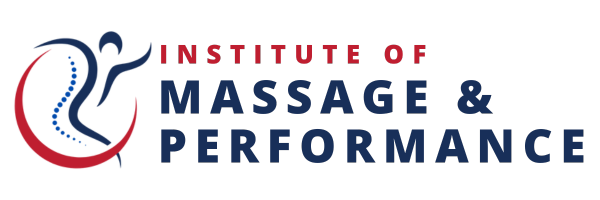Chronic Pain & Massage Therapy
September is Pain Awareness Month, a time to shed light on chronic pain and how we can better support those who live with it. With more than 50 million Americans affected, chronic pain is one of the most common reasons adults seek medical care—and one of the most misunderstood.
What Is Chronic Pain?
Chronic pain is defined as pain that lasts longer than 12 weeks, even after an injury or condition has healed. It can impact mobility, mental health, and quality of life, and is often associated with anxiety, depression, and reduced productivity. Some people live with what’s called "high-impact chronic pain", meaning it interferes with daily life on a major level.
In addition to long-standing conditions like arthritis or back pain, long COVID has emerged as a new source of chronic pain, with symptoms such as muscle aches, joint pain, and fatigue.
Why Chronic Pain is Often Invisible
One of the hardest parts about chronic pain is that it’s often an "invisible illness." People who live with it may appear fine, but still suffer silently. This can lead to stigma—where individuals feel disbelieved or ignored by both healthcare professionals and peers. This sense of isolation can prevent people from seeking help.
That’s where #PainCounts comes in: a national initiative working to raise awareness, validate lived experiences, and end the shame often tied to chronic pain.
Massage Therapy as a Tool for Relief
Massage therapy is increasingly recognized as a powerful option for managing chronic pain. Here's how it helps with some of the most common conditions:
🦴 Arthritis
Arthritis includes over 100 conditions that cause joint inflammation and pain. While there's no cure, massage therapy can ease stiffness, reduce inflammation, and improve range of motion.
Studies show that regular massage may enhance overall function and reduce discomfort, particularly in osteoarthritis and rheumatoid arthritis cases.
💥 Back Pain
Back pain is the leading cause of job-related disability in the U.S., and over 20% of people with acute back pain develop chronic symptoms.
Research supports that massage therapy can be effective for lower back pain, offering relief through muscle relaxation, improved circulation, and decreased stress responses.
Research Supports It
Organizations like the American Massage Therapy Association (AMTA) and journals like the IJTMB (International Journal of Therapeutic Massage & Bodywork) continue to publish data confirming the role of massage therapy in pain relief.
Meta-analyses have shown that massage therapy is more than just a feel-good experience—it’s a clinically supported intervention for pain management.
Ready to Help Others Feel Better?
If you or a loved one lives with chronic pain, massage therapy may offer relief. And if you feel called to help people heal and live better, a career in massage therapy could be the right path for you.
Start your career in massage therapy today — train with experts and build your future at the Institute for Massage and Performance. Learn more or enroll now!
— IMP
